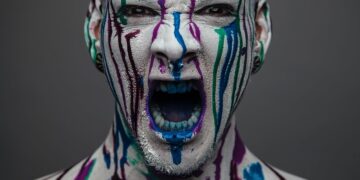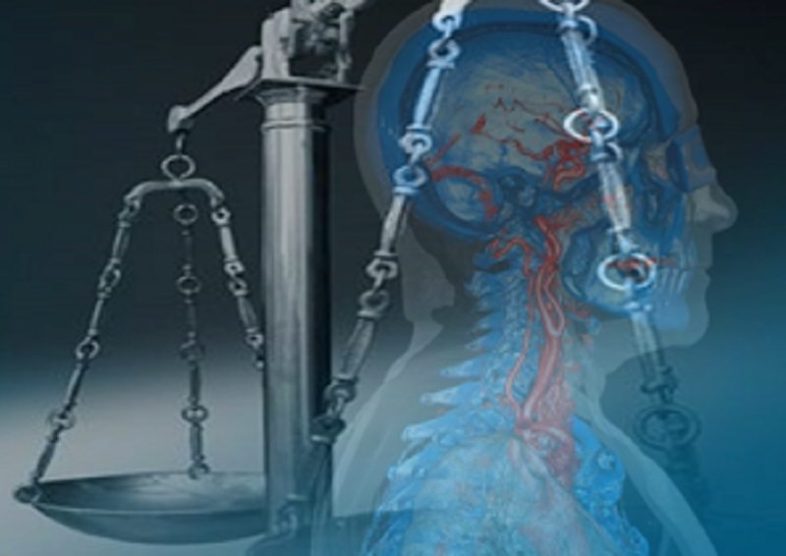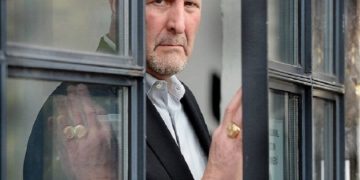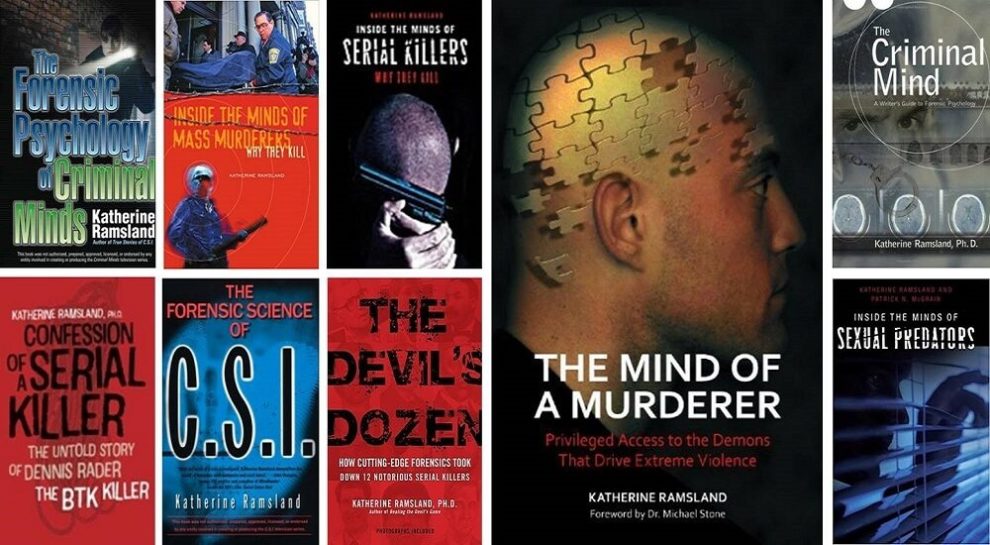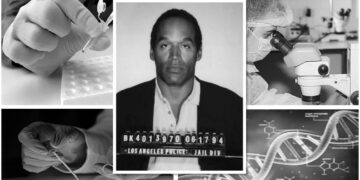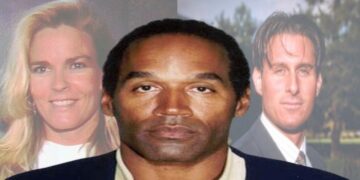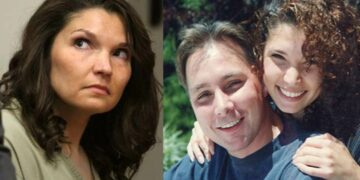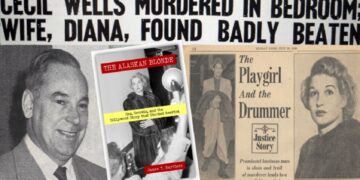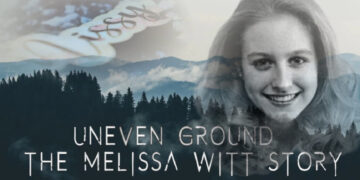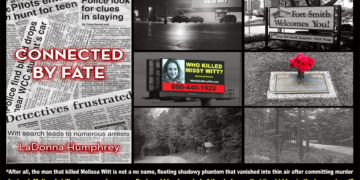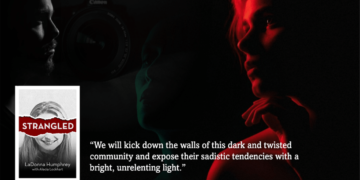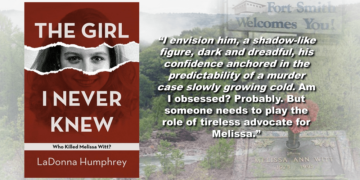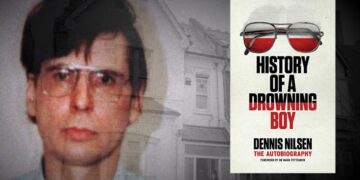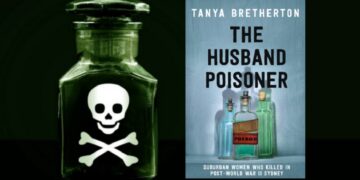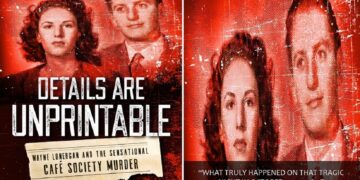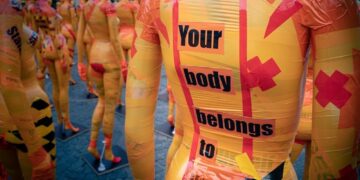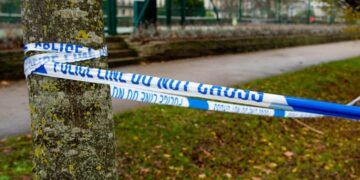The Stephen Lawrence murder case exposed racism not only on the streets but inside police ranks. An innocent black teenager had been killed on the streets of London in a case that continued for 18 years. It was a case that changed Britain by questioning its attitudes and forcing a hard look at its policing.
In 1990s London, racist abuse, attacks, and graffiti fuelled by prejudice were working their way through the streets, seemingly with little resistance. Communities were in fear and struggling to make a stand with police who were not taking such threats and actions seriously enough. In 1990’s London, it appears the life of black youth did not mean as much as the life of white youth.
The murder of Stephen Lawrence in 1993 was one such attack. A brutal assault on a black teenager by a group of white youths motivated by the color of the victim’s skin.
On 22 April 1993, 18-year-old Stephen Lawrence and his friend Dwayne Brooks were making their way home in South East London. Waiting for a bus they were set upon by five white youths who hurled racist abuse while carrying out their attack. Dwayne managed to escape their grip, but Stephen could not. He suffered serious stab wounds and staggered 300 yards before collapsing into the road. Dwayne Brooks called for an ambulance that night, explaining his friend had been stabbed.
A police car arrived with no ambulance in sight. No first aid was provided and Stephen Lawrence died where he lay. Being told your son has been murdered is an unimaginable horror; hearing the details of a chance attack, a motivation of race, and a brutal stabbing leaving your child dying on the road.
Neville and Doreen Lawrence wanted justice for their son. They wanted the people responsible for his death to be found and held accountable, just as any parents would.

In the weeks and months after Stephen’s death, the lack of progress in the investigation and more specifically the lack of activity by investigating officers was becoming more of a concern for the Lawrence family. A distinct lack of urgency to find information and move the case forward was becoming apparent.
In 1993 Britain was in the grip of racial issues. A divide was still felt between black and white individuals and communities.
A number of right-wing groups were active at that time, certainly in the minority but their outspoken beliefs and racist views were having an influence on some people. Prior to Stephen’s murder, a number of prejudicial attacks had taken place in that area of London and his death was widely viewed and understood to be motivated by race from the outset.
Very early in the Stephen Lawrence case, it became apparent a group of five white youths may have been involved in the murder. David Norris, Gary Dobson, Neil Acourt, Jamie Acourt, and Luke Knight, all under 20 years old, were names that came up repeatedly. In one instance they were named in an anonymous note left in a phone box, however, no move was made to follow up on these leads.
In modern-day Britain when a young man has been murdered, the color of his skin should have no bearing on the quality of the investigation into his case, but sadly it appears this was indeed what was happening.
Ten days after the murder, Nelson Mandela visited London and met with the Lawrence family. A public statement from Mandela was made to the media stating…‘black lives were cheap in the UK just like they are in South Africa’.
This admission caused huge publicity and focused a spotlight on the police and their investigations into the Stephen Lawrence case and specifically the issue of race and the quality of their inquiries. Finally, arrests were made, and two of the five youths, Neil Acourt and Luke Knight were charged with murder. However, the case against them was dropped due to a lack of evidence a mere few months later.
The Stephen Lawrence case was a murder of a young man who dreamed of being an architect and it appeared had lost his life due to the racist attitude of a group of white teenagers and simply being at the wrong place at the wrong time.
If Stephen had caught an earlier bus, had been at a different bus stop or that group of boys had taken a different route on that night, this meeting and brutal assault may never have happened. While a chance meeting provided the opportunity, it cannot be denied that the racist attitudes of a group of young men and their seemingly easy attitude to violence are what was to blame for this murder.
The publicity of the case through the media and the relentless campaigning by the Lawrence family was reaching all corners of the UK, bringing the case into people’s homes and into their minds.
People began to question the cultural attitudes present and the thought that such attitudes were interfering with the investigation of the murder of an innocent boy. Never before had a case spread so wide. Convinced they knew the identities of those who had murdered Stephen, the Lawrence family decided to push for a private prosecution for murder. An unusual and bold move considering if they failed to win a successful prosecution, these individuals could not be tried again.

On 17th April 1996, Luke Knight, Neil Akourt, and Gary Dobson stood trial at the Old Bailey in London charged with the murder of Stephen Lawrence. Dwayne Brooks was called to give evidence and although had recognized two of the suspects in a line up he could not maintain this evidence in court.
The evidence from the key witness was deemed to be unsafe. Evidence gathered against the three suspects was therefore not heard and the case quickly collapsed. All three men were formally acquitted and they walked free from court to the devastation of the Lawrence family.
In 1997 the formal inquest was held into Stephen’s death with the jury ruling it was an ‘unlawful’ killing.
In that same year a hugely influential article published in the Daily Mail named, pictured, and labeled all five suspects as murderers with the headline, “Murderers: The Mail accuses these men of killing. If we are wrong, let them sue us”. A courageous and hard-hitting move for a national newspaper that caused more than a few ripples. None of the suspects responded to the article.
McPherson Report
By now five years had passed since Stephen Lawrence’s murder and it was looking like all avenues to bring those responsible to justice were blocked. The case had gone to cold status but the questions surrounding the original investigation were still very prominent. A public inquiry was finally held in 1998 headed by Sir William Mcpherson. A move demanded by the Lawrence family to investigate the failings of the Metropolitan Police and the racist attitudes amongst its officers.
At the inquiry, the public was outraged that the killers of Stephen Lawrence were not behind bars. An understanding and a belief that those involved in his murder had not been investigated properly nor had the police taken the case seriously enough from the outset had fuelled anger.
The nation saw past the color of the victim’s skin and saw a young innocent teenager murdered and his killers escaping justice. Leaving the public inquiry into Stephen’s death, the five suspects, flippant and arrogant throughout proceedings, required police to escort them away from the Old Bailey as the public shouted and threw stones.
The full Mcpherson Report was published in 1999 highlighting 28 official failings within the investigation of Stephen’s death. These included:
- a poor level of supervision
- information not managed correctly
- lost information and delayed information to the people who needed it
- lost opportunities
- a lack of proper leadership
All of which had contributed to an inadequate investigation into the death of a teenage boy on the streets of London. Relationships between senior officers and known gangsters involved with the case, such as one suspect’s father, were brought into question.
Crucially, the McPherson Report said the Metropolitan Police was “institutionally racist” and further recommended the double jeopardy rule, where an individual could not be tried again on the same or similar charges after an acquittal or a conviction, be removed from law in murder cases.
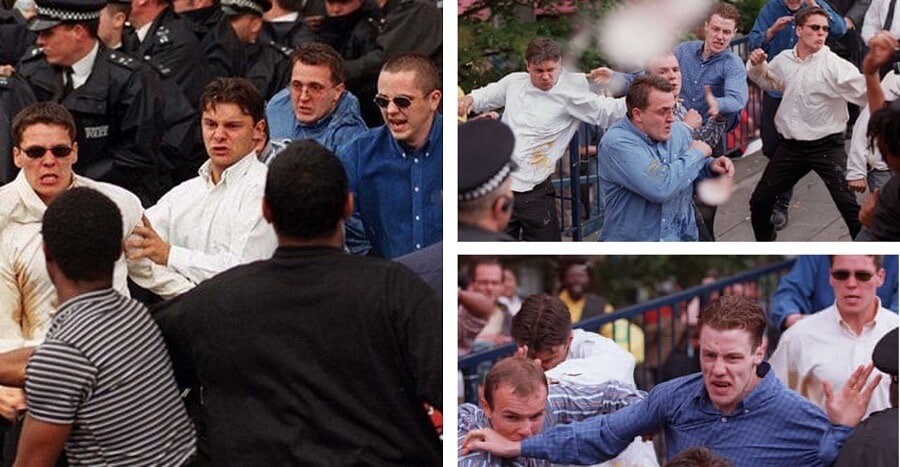
This was a damaging blow to the Metropolitan Police and the issue of race came to the forefront, forcing attitudes to be confronted and changed. New definitions for a ‘racist incident’ were called for along with a change in practices to recognize and reflect the cultural demographics within London communities.
Disciplinary consequences for racist behavior from police officers were to be implemented. Over 70 recommendations in total were included in the report forcing a series of reviews and implementation of new policies within the police as each recommendation was addressed.
Read a summary of the Mcpherson Report recommendations from The Guardian
Professor of Journalism at Kingston University London, Brian Cathcart, highlights the impact of the Stephen Lawrence case on the public of Britain:
“For the first time, the British public saw a grieving black family as a grieving family. A family that had suffered an injustice. And saw through the color of their skin, one might say. They identified with Doreen and Neville and they could see the injustice that had happened to them.” – Professor Brian Cathcart
The Criminal Justice Act of 2003 removed the double jeopardy law which came into effect in 2005 in the UK. This was a huge breakthrough for the Stephen Lawrence case, where the prime suspects for murder were still walking the streets, free and unpunished. This meant that if new evidence was uncovered and the Crown Prosecution Service felt there was enough to prosecute, they could once again be tried for murder, years after the crime had taken place.
This new evidence finally came in the shape of a speck of blood on a jacket belonging to Gary Dobson which was identified through forensic testing as belonging to Stephen.
Hair fibers identified as Stephen’s were also found through DNA on the clothes of David Norris. Finally, there was enough evidence to take the Stephen Lawrence case back to the Old Bailey. In 2012 after a six-week-long trial, both men were convicted of his murder. Gary Dobson received a minimum sentence of 15 years and David Norris 14 years in prison.
Since their conviction, concerns over corrupt police involved in the original investigation have continued to be raised. Media reports have claimed some senior police officers were paid by members of the suspects’ family to derail the investigation and “discredit” the victims’ family. Inquires are currently ongoing to investigate these claims further.
The Impact of the Stephen Lawrence Case
The murder of Stephen Lawrence, the police investigation, and the subsequent public inquiries into his death uncovered racist attitudes previously hidden. The courageous and relentless pressure from the Lawrence family changed attitudes, procedures, and policies within the UK and highlighted institutionalized racism within the Metropolitan police force. Not only that but they ensured the Stephen Lawrence case did not slip into the cold case files and remain there.
Today after public inquiries, internal investigations, and a long-awaited court case, two men have been convicted of Stephen’s murder and the practices which allowed them to walk free for 18 years have been reviewed. It is hoped they have also been corrected.
The Stephen Lawrence case challenged the views of society and of the authorities entrusted to investigate such crimes. It is a case that will be remembered not only for the terrible crime that it was but for the changes and impact it had on the police and the communities of the UK.
Related Books:
- AND STILL I RISE – “Doreen Lawrence’s own story of her son’s murder. In this raw, honest book, she writes about her life for the first time, and recreates the pain, frustration and bafflement she experienced as she realised that there would never be a moment when she could say to herself that justice had been done.”
- Steve and Me. My friendship with Stephen Lawrence and the search for justice – “The Stephen Lawrence case in all it’s raw detail seen through the eyes of Duwayne Brooks, Stephen’s friend who was with him on that fateful night he was brutally murdered.”








